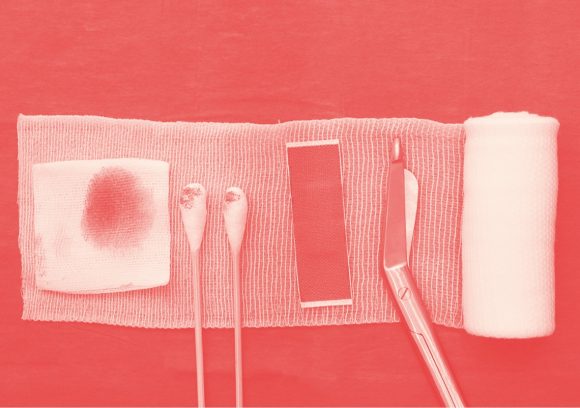 Top Reads
Top Reads
connect with us
Interested in contributing to our blog or partnering with us? Want to tell your story of how you studied with Pocket Prep? Send an email to [email protected].




 Top Reads
Top Reads
Interested in contributing to our blog or partnering with us? Want to tell your story of how you studied with Pocket Prep? Send an email to [email protected].







